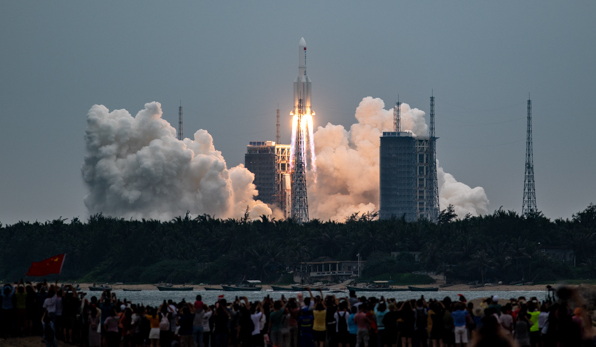China Successfully Launches Space Station Core Module, Challenging US Dominance in Space
On April 29, 2021, the China National Space Administration (CNSA) launched the core module of its space station from the Wenchang Space Launch Site in Hainan, followed by the Shenzhou-12 crewed mission on June 17 from Jiuquan, Gansu, successfully sending three astronauts to the station for a three-month residency and marking a major milestone in China's permanent presence in orbit.
CHINA,POLITICS
global n press
4/29/20211 min read


On April 29, 2021, the China National Space Administration (CNSA) launched the core module of its space station from the Wenchang Space Launch Site in Hainan, followed by the Shenzhou-12 crewed mission on June 17 from Jiuquan, Gansu, successfully sending three astronauts to the station for a three-month residency and marking a major milestone in China's permanent presence in orbit.
China successfully launched "Tianhe," the core module of its Tiangong space station. Following this, the Shenzhou-12 crewed mission successfully sent three astronauts into space in June, where they docked with the core module and commenced a three-month orbital residency. This achievement marked the implementation phase of China’s plan to construct its permanent, independent space station. The success also positioned China as the only nation with an operational, self-developed space station (as the ISS is slated for retirement by 2030).
This series of events was widely seen internationally as a powerful demonstration of China's technological prowess and space ambitions, directly challenging the dominance of the U.S. and Russia in the space domain. From a conservative perspective, it amplified Western concerns about "space militarization" and "technological competition," prompting the U.S. and its allies to further boost investment in space exploration and defense capabilities. It signaled that China has elevated outer space as a new and critical competitive frontier in the global technology race.




